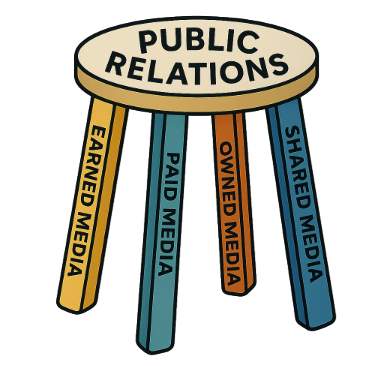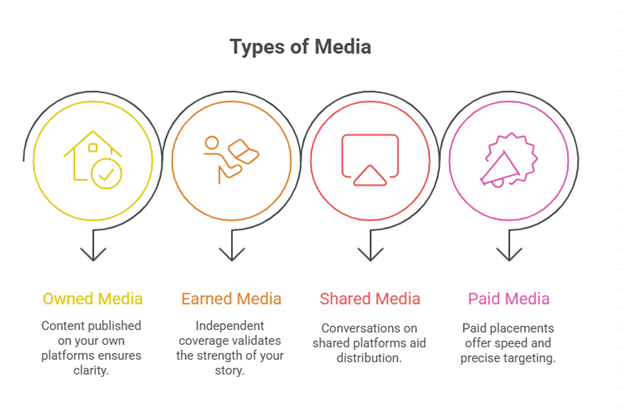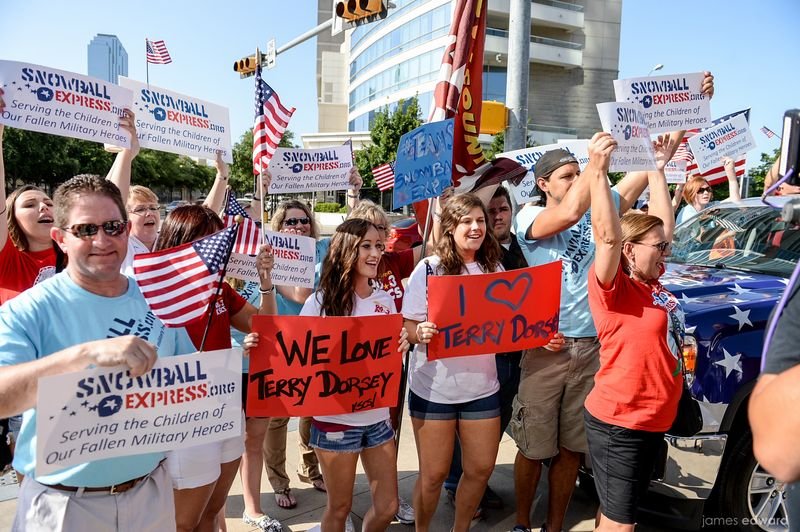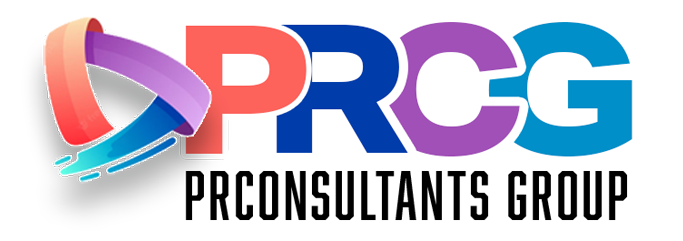Seventeen years ago our agency wore a simple badge of honor: we get you in the news or we keep you out of the news. Back then, media relations stood in for PR. A booking on the morning show felt like a trophy you could place on the conference room shelf. Reporters had defined beats, producers had time to listen, and a thoughtful pitch could still win the day.
Then the ground shifted. Newsrooms consolidated. Beats blended. Timelines tightened. Around 2015 my team and I took a hard look at results across clients and asked a basic question: are headlines alone shaping reputation and business outcomes the way they used to? The answer was no. Clips still mattered, but they were not the whole story.
We reframed our work around the full mix of channels where reputation now lives. Owned content started carrying more weight because it offered context and proof. Earned coverage added credibility when it pointed back to something substantive. Shared and paid helped people actually find the information. Picture a four-legged stool. Media relations is a leg worth protecting, but you do not want to sit on one leg and call it a chair.
That shift did not make PR harder. It made it more honest about where trust is built. When people ask if PR is harder or if traditional media is shrinking, they are really asking whether the old playbook still explains how reputations are formed. It explains part of it. Not all of it.
What Public Relations Actually Means
Public relations is the discipline that builds and protects reputation so an organization can meet its goals. At its core, PR is about earning attention and credibility with the people who matter to your work. Media coverage is one way to do that. It is not the only way.
Think of PR as a system, not a stunt. It shapes how your story is told across four connected spaces:
Owned: what you publish yourself, from your website to your newsletters. This is where clarity, proof and consistency live.
Earned: independent coverage you do not pay for. It tests whether your story stands on its own.
Shared: conversations and distribution on platforms you share with others (social media), like LinkedIn and industry communities.
Paid: placements you buy that are labeled as such, useful when speed or targeting matters.
Why does this definition matter in a conversation about shrinking traditional media? Because when people equate PR with press hits, they miss how reputation now travels. When your content is clear, credible and well structured, AI assistants pull it into answers, putting your brand in front of buyers, reporters and regulators before they ever visit your site. A clear explainer on your site can inform a journalist, a buyer and a regulator. A well reported article can point readers to your primary sources. A thoughtful podcast can put a decision maker’s voice in the room during a stakeholder meeting. The pieces reinforce each other.
So when you hear that PR feels harder, it often means the work is being judged by a narrow slice of what PR actually is. When PR is understood as a system that earns trust across owned, earned, shared and paid, the landscape makes more sense. Traditional media has less inventory than it did and PR has a broader canvas.
What Media Relations Means
Media relations is the part of PR that earns independent coverage from newsrooms. At its best, it is a relationship between a source and a journalist built on accuracy, speed and relevance to the audience. The center of gravity is the newsroom’s readers or viewers, not the brand. That is why a good story survives edits and stands on its own.
What it is:
Building useful, ethical relationships with reporters, editors and producers
Offering clear facts, timely access and a point of view that serves the public interest
Understanding how a newsroom works so your pitch fits the format and the moment
What it is not:
Paying for placement
Affiliate listicles presented as neutral reporting
Spray and pray emails that ignore beats or basic accuracy
Newsrooms changed, so media relations changed with them. Many reporters cover multiple beats in a single week. Timelines are shorter. Formats vary from quick hits to explainers to long features. The constant is simple. If the story helps the audience, it has a chance. If it reads like an ad, it does not.
What Traditional Media Includes
Traditional media covers broadcast television, radio, print newspapers and magazines and wire services. These outlets still shape public conversation. They also operate with fewer people than a decade ago. Consolidation reduced desks. Freelancers fill gaps. A metro section that once had five beat reporters may now have two who split duties across city hall, business and public safety.
A few realities help explain the landscape:
Lead times differ. Monthly magazines plan far ahead while local TV can turn a segment in hours.
Geography matters. Regional coverage narrowed in some markets as national desks grew louder.
Formats blend. A single outlet may publish a quick brief, a service explainer and a weekend feature on the same topic.
When people say traditional media is shrinking, they are often reacting to staffing charts and fewer page inches. The audience did not vanish. It moved across platforms and expects clarity, proof and context no matter where it reads or watches. Traditional outlets still set agendas. They do it with tighter teams and tougher choices about what earns space.
The Wall That Once Separated Editorial And Advertorial
There used to be a high wall between the newsroom and the sales floor. That wall still exists, but it has gates. Revenue models changed and with them the mix of what appears on the page.
Today you will see three distinct buckets side by side:
True editorial
Independently reported stories shaped by editors. No payment for placement. Sources are chosen for relevance and credibility.Sponsored content
Pieces paid for by a brand and labeled as such. The outlet controls the frame, the brand funds the space.Advertorial and affiliate content
Brand authored or brand approved articles placed for a fee, often tied to commerce links. Labels include sponsored, partner content and paid post.
Labels matter because they set expectations. A reader approaches a reported investigation differently from a paid product roundup. A producer reviews a paid segment differently from a news hit. Trust grows when the line is clear.
A quick example makes this concrete. You search for Best accounting apps. One result is a reported review from a business desk. Another is a list built by a commerce team that earns a commission if you click. Both can be useful. They are not the same thing. Knowing the difference helps you read the landscape without confusion.
The Expanded Media Map
The map is bigger than it looks from a TV studio. Alongside newspapers and broadcast you will find trade journals, industry podcasts, independent newsletters, community outlets and creator-leading channels with loyal audiences. Many of these publish faster, go deeper on niche topics and give subject matter experts more room to explain.
A few examples that sit next to traditional press, not beneath it:
Trade journals that track regulation, procurement cycles and product shifts week by week
Podcasts where decision makers speak in full sentences instead of sound bites
Newsletters that curate a beat for a focused readership in a specific region or sector
Creator channels that test ideas with communities and surface early signals
Brand newsrooms that publish primary data, timelines and FAQs for anyone to reference
Standards vary, but credibility does not belong to one format. A well reported trade feature can shape a market. A respected newsletter can move a conversation. Traditional outlets often cite these sources and the cycle runs both ways.
Why PR Feels Harder Even When Options Grew
Choice can feel like chaos. There are more places to tell a story, more formats to consider and less attention to go around. That creates pressure. It also raises the bar. Audiences expect clarity and proof. Editors and hosts expect a point of view that teaches something new. The days of a vague pitch sailing through are over.
A few forces drive the feeling:
Shrinking desks, rising volume
Fewer full time reporters and more inbound email mean good ideas get buried unless they are sharp and relevantBlended labels
Editorial, sponsored and affiliate content now live side by side which confuses readers and leaders who grew up with a harder lineFragmented attention
People graze across TV, podcasts, newsletters and feeds, so repetition without substance fades quicklyOld scorecards
If success is still defined as clip count alone, today’s landscape will feel like loss even when reputation is improving
What looks like “harder” is often “different.” Traditional media has less inventory. The broader ecosystem asks for clearer ideas, real examples and transparency about what is paid and what is earned. Once you view PR through that lens, the trends line up with what you see in your own feeds every day.
How Measurement Thinking Changed
For years the scoreboard was impressions, reach and ad value. Those numbers were easy to collect and looked big on a slide. They were also blunt. A mention did not always equal attention and attention did not always equal trust.
The questions inside boardrooms shifted. Did the story change what people understand. Did it lower perceived risk. Did it move someone from curiosity to consideration. Evidence now looks different across the mix:
After a major article, more people look for you by name rather than generic terms
Coverage sends readers to sources that explain your product or policy, not just the home page
Interviews show up in sales conversations because a buyer quotes them back
Analysts, trade editors or community leaders start referencing your data as a source of record
Think of the old metrics as a headcount outside a theater. Useful, but not the same as knowing who took a seat, watched the show and told a friend it was worth the ticket. The point is not to worship a new number. It is to match proof to how reputation is actually formed.
Common Misconceptions
PR is only about headlines
Headlines help, but reputation is shaped across owned, earned, shared and paid working together (integrated PR).Sponsored equals fake
Paid pieces can inform when labeled clearly and grounded in facts. They are different from independent reporting, not automatically lesser.Traditional press is gone
It is smaller and more selective. It still sets agendas and defines stakes, especially in moments of risk.Owned media is just marketing
Owned sources often supply the context reporters, partners and regulators need. When they are clear and factual, they raise the quality of every other channel.More clips mean more impact
Ten thin mentions rarely beat one well reported feature that people read, save and cite.Good stories sell themselves
In lean newsrooms even strong ideas need clarity, access to decision makers and verifiable proof.
Clearing out these myths makes the landscape less confusing. What looks like a contradiction becomes a simple map of where trust is built and how it travels.
A Brief Composite Example
A regional brand leaned hard on morning show segments for years. Producers liked the founder, segments were lively and the clip reel looked impressive. Then the bookings slowed. New producers rotated in. Beats changed. The same pitch did not land.
Inside the company, leaders felt like PR had gotten harder. In reality, the landscape around them had shifted. Reporters needed clearer proof and tighter angles. Readers wanted context they could trust. Over the next quarter, the brand became a better source. They published plain language explanations of their space, offered a customer story with verifiable details and made senior voices available for comment. Traditional coverage returned, now with deeper reporting and a link to something useful. The conversation moved from clever segment to credible reference point.
So, What Does This Mean
Traditional media is smaller. PR is broader. Media relations still matters, but it sits inside a larger ecosystem where trust is built across formats and channels. The work feels different because the scoreboard and the routes into a story changed. Clear ideas, transparent labels and credible proof travel farther than volume alone. When leaders see PR as the system that connects those pieces, the question shifts from is PR getting harder to are we telling a story worth someone’s time.
Work with TrizCom PR
If this raised more questions than it answered, that is a good sign. Let’s talk about your reality, your goals and how PR can support both.
Email Jo@TrizCom.com
Call 214-242-9282
Share one business goal and one challenge. I will give you a clear read on where earned, shared, paid and owned can support outcomes your board cares about. No jargon. Straight talk and next steps.



































